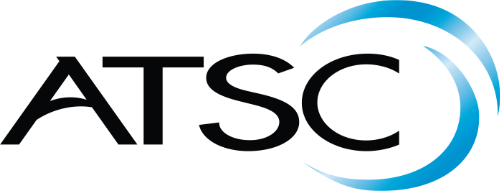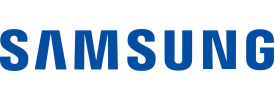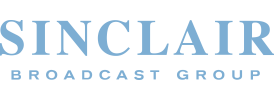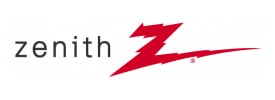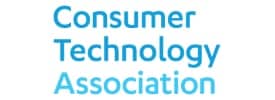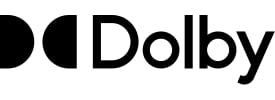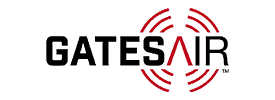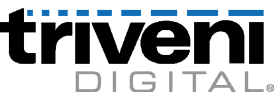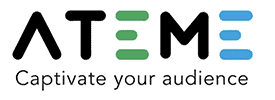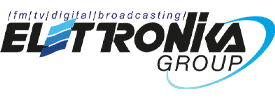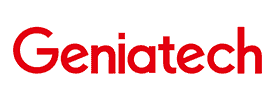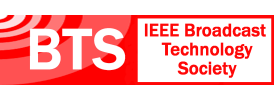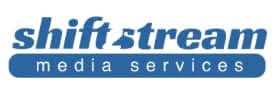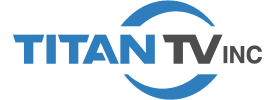- About
- Members
- Sponsors
- Subcommittees
- About Our Subcommittees
- Technology Group 3
- Implementation Team 1 – Advanced Emergency Information
- Implementation Team 2 – India
- Implementation Team 3 – ATSC 3.0 Conformance
- Implementation Team 4 – Brazil
- Implementation Team 5 – Tower Network
- Implementation Team 7 – Caribbean
- Implementation Team 8 – Automotive
- Planning Team 4 – Future Broadcast Ecosystem Technologies
- Planning Team 5 – Automotive Applications
- Planning Team 6 – Global Recognition of ATSC 3.0
- Planning Team 9 – Sustainability
- Technical Documents
- News
- Events
- Spotlight ATSC 3.0
- Contact Us
- Member Login
- Member Meetings
- Advanced Search
Search Site
Member Links
- About
- Members
- Sponsors
- Subcommittees
- About Our Subcommittees
- Technology Group 3
- Implementation Team 1 – Advanced Emergency Information
- Implementation Team 2 – India
- Implementation Team 3 – ATSC 3.0 Conformance
- Implementation Team 4 – Brazil
- Implementation Team 5 – Tower Network
- Implementation Team 7 – Caribbean
- Implementation Team 8 – Automotive
- Planning Team 4 – Future Broadcast Ecosystem Technologies
- Planning Team 5 – Automotive Applications
- Planning Team 6 – Global Recognition of ATSC 3.0
- Planning Team 9 – Sustainability
- Technical Documents
- News
- Events
- Spotlight ATSC 3.0
- Contact Us
- Member Login
- Member Meetings
- Advanced Search
Commissioner O’Rielly Calls for Flexible FCC Approach to Support Consensus-Driven Solutions to Promote Innovation
Posted on June 1, 2016 in ATSC News
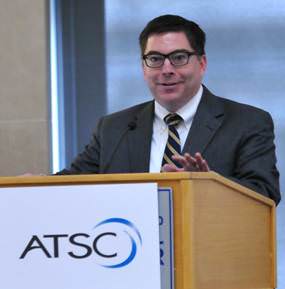 In his keynote address at the 2016 ATSC Broadcast Television Conference, FCC Commissioner Mike O’Rielly recognized that “strong interest and involvement by so many major players is a testament to the strength of the industry, the outlook for its future, and the potential benefits of ATSC 3.0.” Here are his insightful remarks about next-gen TV, the role of the FCC and more.
In his keynote address at the 2016 ATSC Broadcast Television Conference, FCC Commissioner Mike O’Rielly recognized that “strong interest and involvement by so many major players is a testament to the strength of the industry, the outlook for its future, and the potential benefits of ATSC 3.0.” Here are his insightful remarks about next-gen TV, the role of the FCC and more.
Exciting Possibilities
Thank you so much for having me here today. And, for those of you who have come from the far corners of the map for this annual gathering of the ATS
, welcome to Washington!
Since its inception, the ATSC has been very familiar with the FCC, and as you embark on your next round of engagement with the Commission through the petition filed last month, I hope I can offer some helpful thoughts about the process that lies ahead.
Your efforts to create a next-generation broadcast standard are well under way. Last month, when I traveled to the NAB Show, the new standard was the talk of the town, and I had the opportunity to learn a lot more abo
ut how ATSC 3.0 would work, its current status, and the exciting possibilities it could open up for consumers and industry alike.
This learning process involved talking with a few more engineers than I often encounter during my day-to-day life, and as you might imagine, one of my take-home messages is that it’s appropriately complicated. Still a work in progress, the new standard actually will consist of and depend on multiple layers and many different interwoven standards and sub-standards
New Options for Viewers
News is coming in almost on a daily basis about advances made by ATSC members and working groups on many of these. But while the technical side may be a little difficult to explain to certain audiences, even FCC Commissioners, the benefits aren’t: Better definition, sound quality, emergency information, and interactive features would all come as welcome new options for American viewers.
People are calling ATSC 3.0 “the most immersive viewing experience;”[1] and “a radical departure from the way television traditionally has been delivered.”[2] And having seen just a few demonstrations of its various capabilities, I have somewhat of an appreciation as to why.
Much like the rapid rate of increase in processing power noted by Moore’s Law, the broadcast standard has been developing more and more capabilities with each subsequent generation. The first NTSC standard was developed in 1941, and served the United States well, with few changes, for almost 70 years. It was largely replaced with ATSC 1.0 in the digital transition of 2009, ushering in the possibilities of surround sound, image resolution over six times higher than the earlier standard, and multi-casting several standard-definition streams over just one channel.
But here we are, just seven years later, with the development of another new standard well under way, promising a comparable leap in capability. And I wouldn’t be surprised if some of you here already have ideas in mind that may not yet be technically feasible but would be good candidates or elements for a potential ATSC 4.0 standard!
The move to a new standard in the kind of timeframe being contemplated here will require a substantial investment by broadcasters. So the strong interest and involvement by so many major players is a testament to the strength of the industry, the outlook for its future, and the potential benefits of ATSC 3.0. 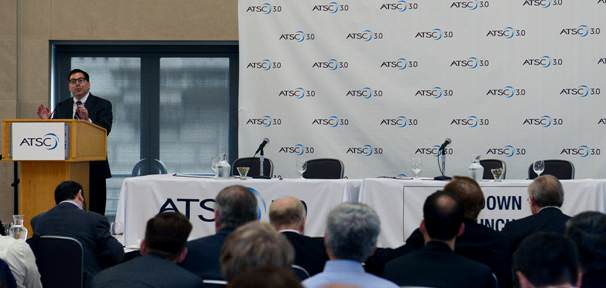
The Commission’s Role
What is, or should be, the FCC’s role in the transition? Now is the time to start coalescing around a set of principles and goals to guide our approach to the April petition and further Commission actions going forward. I’d like to outline a few of my thoughts at this early juncture.
We must carefully consider how best to encourage and enable innovation, an especially important principle given the increasing pace of development and disruption in technology. You all are the experts and are leading the charge to ensure a strong and sustainable broadcast system.
The Commission should refrain from any overly prescriptive measures in favor of a flexible approach that will empower the ATSC and the entire broadcasting industry to experiment and find workable, voluntary, consensus-driven solutions to promote innovation and solve any technical problems and issues that may arise. No tech mandates are necessary.
Enabling Future Innovation
In considering any rule changes to allow for a completely optional new standard, we should open the door as much as possible to future permission-less innovation in this space. I doubt anyone here believes that ATSC 3.0 will be the last broadcast television standard ever created.
So let’s use this opportunity to look at the existing FCC rules from this new perspective and clear out any dead weight that will unnecessarily slow down the process or create opportunities for harmful Commission micromanagement, ten or twenty years from now.
That means: strike barriers from the Commission’s existing rules and set in place a structure whereby the broadcast industry can adopt future changes and potentially future standards without the Commission’s involvement. Ideally, the industry would find itself with fewer regulatory hoops to jump through the next time it is ready for a transition.
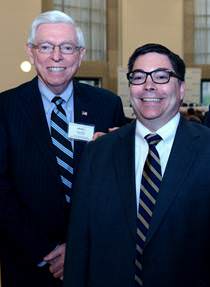 Minimizing Disruption
Minimizing Disruption
Minimizing disruption for consumers and broadcasters is another guiding principle, one that may be even more of a challenge given the lack of backward compatibility in the new standard. While allowing for a much bigger technological leap forward at one time, starting with a clean slate will create a host of issues that will need to be carefully considered and addressed, preferably by industry participants.
Under the ATSC 3.0 proposal, broadcasters are proposing creative options for spectrum sharing and multicasting to allow stations to transmit in both old and new formats. Engineers are hard at work on more powerful and less expensive equipment for broadcasters and consumers alike, either to take advantage of the new standard or to convert the programming for viewing on older devices.
The FCC, for its part, should remain open to differing ideas proposed and serve more as a facilitator of solutions, rather than seeking to impose any pre-conceived notions or drive a political agenda, as is sadly so often the case these days.
Patent Politics
I trust the good people working hard on all of the components of the new package of standards to be contained in an overall 3.0 version are seeking to produce the greatest technological advancement.
In the past, critics have argued that one factor that was driving some of the decisions was not technological advancement but which company held the patents to certain components. I appreciate the fact that all the entities involved have huge financial investments on the line, but everyone should be careful to ensure patent politics don’t drive certain functionality or capability decisions.
Moving this entire adventure forward is not an insignificant task, especially since it will likely occur during a change in Administrations. At the end of the day, you want to be careful about potentially muddying the waters over the eventual quality of 3.0 with debate over suboptimal sub-standards adopted to appease particular patent- or license-holders.
Aligning Timetables
Some have advocated a delay in either the spectrum incentive auction or the repacking process to account for the new standard and the possibility that broadcasters will be faced with two expensive transitions, one for repacking and one for the standard shift, in rapid succession.
While the interest in simplifying the anticipated evolution of broadcasting by doing more things at once is understandable, you have all heard the Chairman and the auction team repeatedly reject the idea of introducing any prospective delay in any auction component.
That being said, the auction process is just being started, and a lot of things need to happen before it will be time to set some concrete repacking plans.
Exciting Time for ATSC
Meanwhile, a lot more things need to happen before the ATSC will finalize and adopt the 3.0 standard. In the months to come, we should all have a much better idea of what will happen and what considerations broadcasters and the Commission may need to take into account and act upon. You have my commitment to remain fully engaged and responsive to any concerns or new ideas that may arise as the pieces of the puzzle start to fall into place.
With the promise of Next Generation TV waiting in the wings, it’s an exciting time for the broadcasting industry and the ATSC. I very much appreciate the opportunity to join you and share my thoughts at this important moment. And I look forward to continuing my work with all of you as we move toward a 3.0-enabled world!
[1] http://www.tvtechnology.com/news/0002/nab-cta-pubcasters-ask-fcc-for-voluntary-atsc-30/278460
[2] http://www.tvtechnology.com/news/0002/fcc-puts-atsc-30-out-for-comment/278541
Posted in ATSC News
News Categories
News Archives
Subscribe
Subscribe to The Standard, our monthly newsletter. Learn More
Join ATSC
ATSC is a membership organization with both voting and observer categories. Voting members include corporations, nonprofit organizations, and government entities, and they participate actively in the work of ATSC. Observers are individuals or entities not eligible to be a voting member.
Subscribe to our Newsletter
Subscribe to The Standard, our monthly newsletter, to stay up-to-date with ATSC news and events around the world.
Site Links
Contact Us
Advanced Television Systems Committee, Inc.
1300 I Street NW, Suite 400E
Washington, DC 20005
Do you have questions about ATSC?
About ATSC
The Advanced Television Systems Committee, Inc., is an international, non-profit organization developing voluntary standards and recommended practices for digital terrestrial broadcasting. ATSC member organizations represent the broadcast, broadcast equipment, motion picture, consumer electronics, computer, cable, satellite, and semiconductor industries. ATSC also develops digital terrestrial broadcasting implementation strategies and supports educational activities on ATSC standards.
© 2024 ATSC
